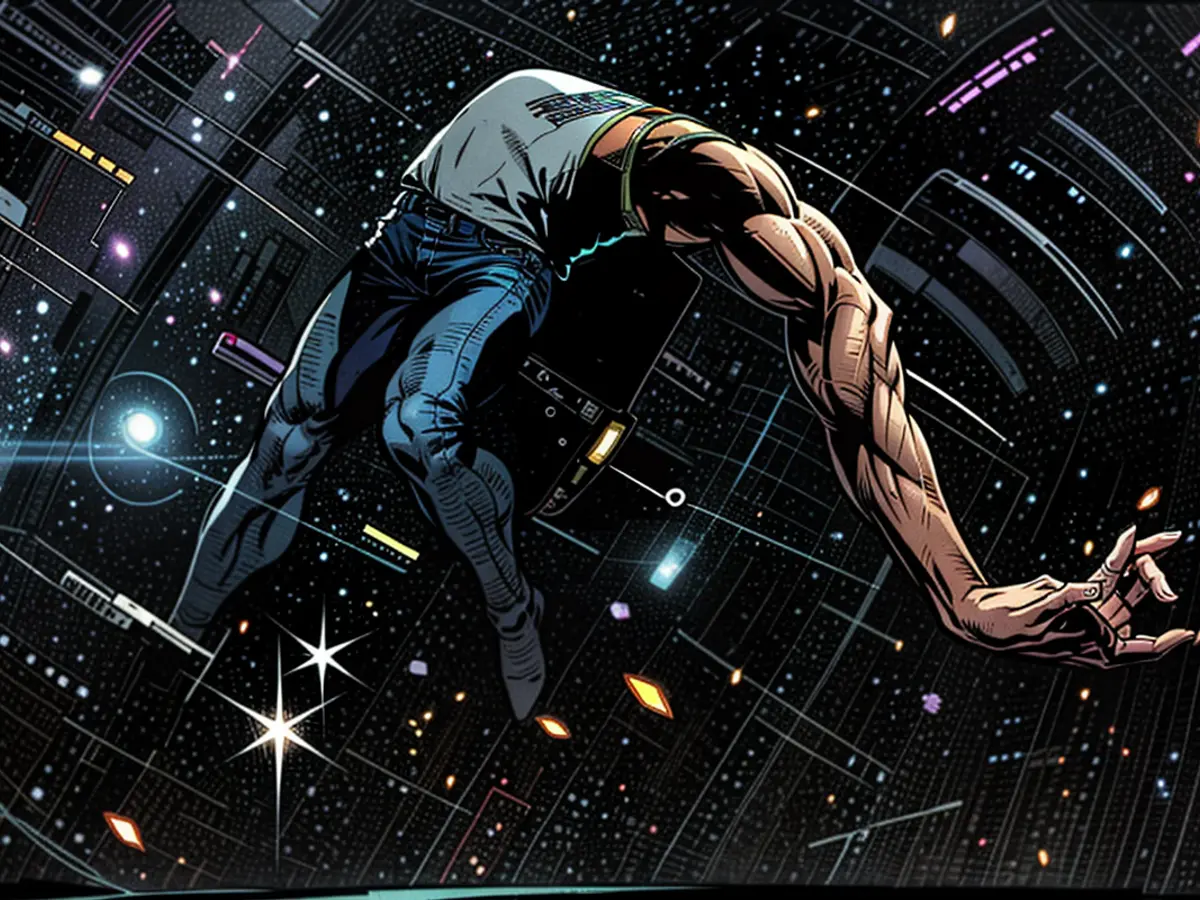colossal galaxy appearances are a visual misconception
The James Webb Space Telescope has uncovered an abundance of galaxies in the early universe beyond what experts anticipated, causing a stir in the cosmological standard model last year. However, it appears this was merely an optical illusion.
Primarily, the James Webb Space Telescope's purpose is to locate and study the first galaxies that emerged following the Big Bang 13.8 billion years ago. Researchers anticipated finding modest galaxies but were taken aback when the telescope identified numerous substantial ones in the early universe's infancy.
This unexpected succession of star systems went against established concepts about our universe, the cosmological standard model. However, recent research from an international team published in "Astrophysical Journal" suggests that these allegedly vast galaxies are actually quite smaller than initially believed.
Galactic Deception
Although more galaxies are now visible than expected, none of them are so massive that they conflict with our understanding of the cosmos, asserts Katherine Chworowsky of the University of Texas in the US. The ostensible gigantic galaxies were merely an optical illusion. Astrophysicists had estimated the number of stars in these galaxies based on their brightness, thereby determining their mass content. However, in reality, a significant portion of the light emitted by these star systems originates from black holes.
Many of the early galaxies already possess a sizable black hole at their core. These black holes enchant gas from their surroundings with their gravitational pull, which gathers in rotating discs surrounding the black holes before falling into them and heating up due to friction. The heat generated from these hot gas discs is what illuminates the galaxies, giving them an apparent brilliance.
Peering into the Past
In accordance with the cosmological standard model, the universe is comprised of only approximately 5% visible matter, which encompasses stars and galaxies. The majority of the universe's fate is shaped by the enigmatic dark matter and dark energy.
By intercepting light emitted billions of years ago, the Webb Telescope enables us to gaze back in time. Chworowsky and her colleagues' observations now reconcile the cosmic history with the standard model's predictions.
At least as of now, astronomers no longer refer to a "crisis in cosmology," as Steven Finkelstein, the study's leader, emphasizes. Nevertheless, the Webb Telescope continues to detect approximately double the number of galaxies in early cosmic history that experts had estimated.
"Perhaps, stars could have formed more effortlessly in the early cosmos than they can today," suggests Chworowsky. As a consequence, the galaxies would be more radiant, and the Webb Telescope could detect them more easily - thereby identifying more of them. Consequently, the theory of star formation in the early cosmos may require revision, rather than the fundamental model of the cosmos itself, according to the scientist.
The James Webb Space Telescope's discoveries are facilitated by NASA, as it is their telescope that has led to the uncovering of numerous galaxies in the early universe. Despite the initial shock, the recent findings from an international team, published in "Astrophysical Journal," suggest that these galaxies are not as massive as initially believed, challenging some aspects of the cosmological standard model.







